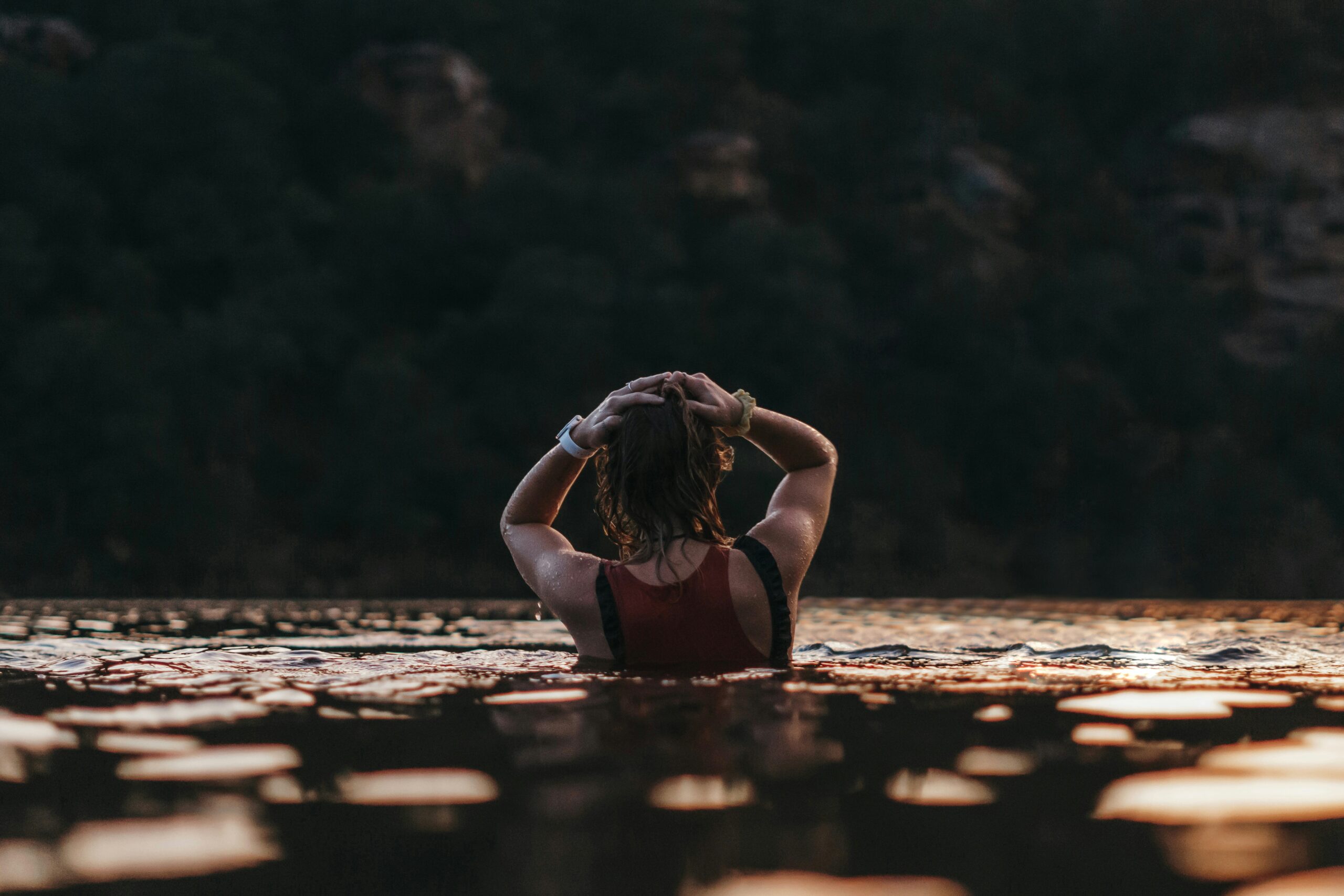 Image description: A swimmers back profile as they stand chest-high in water. Photo by Chris on Unsplash
Image description: A swimmers back profile as they stand chest-high in water. Photo by Chris on Unsplash
A new government analysis revealed thousands more waterways are being used for swimming and boating in England than were previously recorded.
Their data revealed 3,347 “water recreation locations”, places where people take part in activities including swimming, rowing and paddleboarding, in rivers, lakes and seas around the country, whereas the Environment Agency had previously identified just 342.
Additionally, the number of annual licences to use unpowered watercraft such as rowing boats, canoes and paddleboards has more than doubled, from 45,000 in 2017 to 100,000 in 2023.
Only bathing areas that are designated as such by the government are tested for pollution to ensure they are safe for swimming, and these are tested only in the months marked as the official bathing season. Currently just 451 official bathing sites are recognised in England – those within 500m of each other were not counted twice, to avoid including the same watercourse twice in the data. The government report found that only 20% of the areas used for swimming are within 500m of a designated bathing water monitoring point.
England Swimming waters x5 more likely to be polluted than EU
The lack of monitoring is particulaly concern when new research by campaign group Best for Britain has also revealed English swimming waters are five times more likely to be polluted with bacteria than those in the EU.
The research found that under UK and EU standards, across all four nations of the UK, holidaymakers are less likely to enjoy “excellent” quality waters than in the EU. England also had more bathing waters rated as “poor” quality than any country in the EU, with 8.4%. Scotland was on 3.4%, Wales on 1.8% and the EU on just 1.5%. Northern Ireland had no bathing water sites rated poor.
A “poor” rating means that the water quality falls below the acceptable level for safe bathing, meaning it contains too large a quantity of bacteria such as intestinal enterococci and E coli. These bacteria can cause serious illness, so people are directed to avoid swimming in areas rated poor. High levels of E.coli created significant health concerns at major events such as the Boat Race in London earlier this year.
Bathing waters in the UK and the EU are measured to the same standards. The former under the bathing water regulations 2013, and the latter under the bathing water directive. Both regulations apply the same standards of how much of various bacteria can be in 100ml of water to meet the criteria. Better for Britain claims this implies many EU countries appear to be implementing and enforcing the standards more effectively.